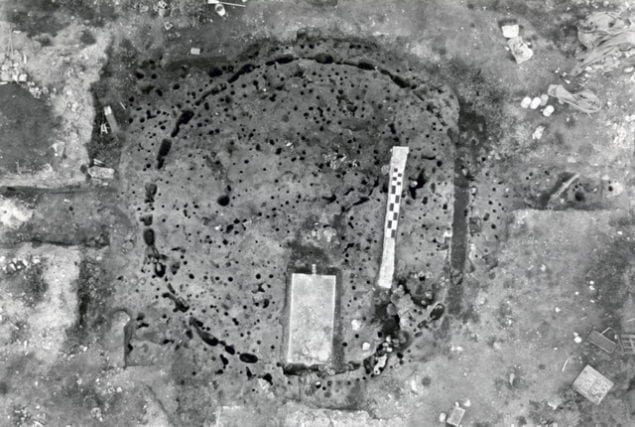
A time-honored criticism directed at Greater Miami holds that the area is too young to possess a history.
After all, the argument goes, Dade County was mainly a wilderness until Henry M. Flagler’s Florida East Coast Railway arrived in the mid-1890s. And a wilderness it was — vast, sprawling Dade stretched, in 1890, from a portion of the Florida Keys to the St. Lucie Inlet — counting less than 900 residents. Today, the same area claims more than 6 million year-round inhabitants.
In fact, the “conventional wisdom” of Miami’s “youth” is way off base, for the area has hosted humans for more than 10,000 years. Archaeologists excavating in deep South Dade in the mid-1980s uncovered human fossils, as well as artifacts, dating back 10 millennia.
That is akin to 400 generations of humanity.
To use another measuring stick, one would have to recite “grandfather” 400 times to reach back, generationally, to 10,000 years ago. Even the non-human life of the area in that faraway time is fascinating, since it included several species, including sabre tooth tigers, wooly mammoths, mastodons, and others now extinct.
Subsequent excavations in and around today’s Downtown have uncovered ancient burial grounds not even half the age of the South Dade site. We’ve heard much in recent decades about the Miami Circle on the south bank of the Miami River, as well as 11 other circles across from it on the northern bank of the stream. These early “foundations” stretch back 2,000 years and more.
Not until Juan Ponce de Leon and the Spanish arrived in Florida in 1513 did the native population, comprised of descendants of the earlier-mentioned settlers, acquire a name. Juan Ponce called the people, as well as area, “Chequescha,” and soon after the Spanish were calling both the natives and the place “Tequesta.”
By the late 1560s, the Spanish had established a Catholic mission amid the Tequesta in their large village on the north bank of the Miami River at its mouth. Hunters and fishermen, but not agriculturalists, the Tequesta roamed a wide area stretching from the Florida Keys through today’s Broward County, and west into the Everglades.
While this mission and two successor missions were short-lived, we learned more about these early Miamians from Spanish documents. Each mission was staffed by a Jesuit brother or priest(s) who experienced mix results in their quests to bring Christianity to these indigenous people. The first of the missions, which lasted about a year, was staffed by Brother Francisco Villareal, SJ, and a cadre of Spanish soldiers who worked closely with the Indians. A small number of Tequestas were brought to Spain in the late 1560s, where they were baptized as Christians in the great cathedral in Seville. Subsequent missions were short-lived and showed little in the way of accomplishments. The final mission, under the direction of two Spanish Jesuit priests, was launched in 1743 and found a greatly diminished population, which was unexcited over the presence once again of Europeans in their backyard.
By the end of the 18th Century all traces of the Tequestas had disappeared, while another group of Native Americans, members of the Creek nation who had migrated from today’s Georgia and nearby colonies decades earlier, now appeared in southeast Florida. Called Seminoles, a Creek term for “wild ones” or “separatists,” they have maintained since then, first, a viable, and, more recently, a flourishing presence in south Florida.






